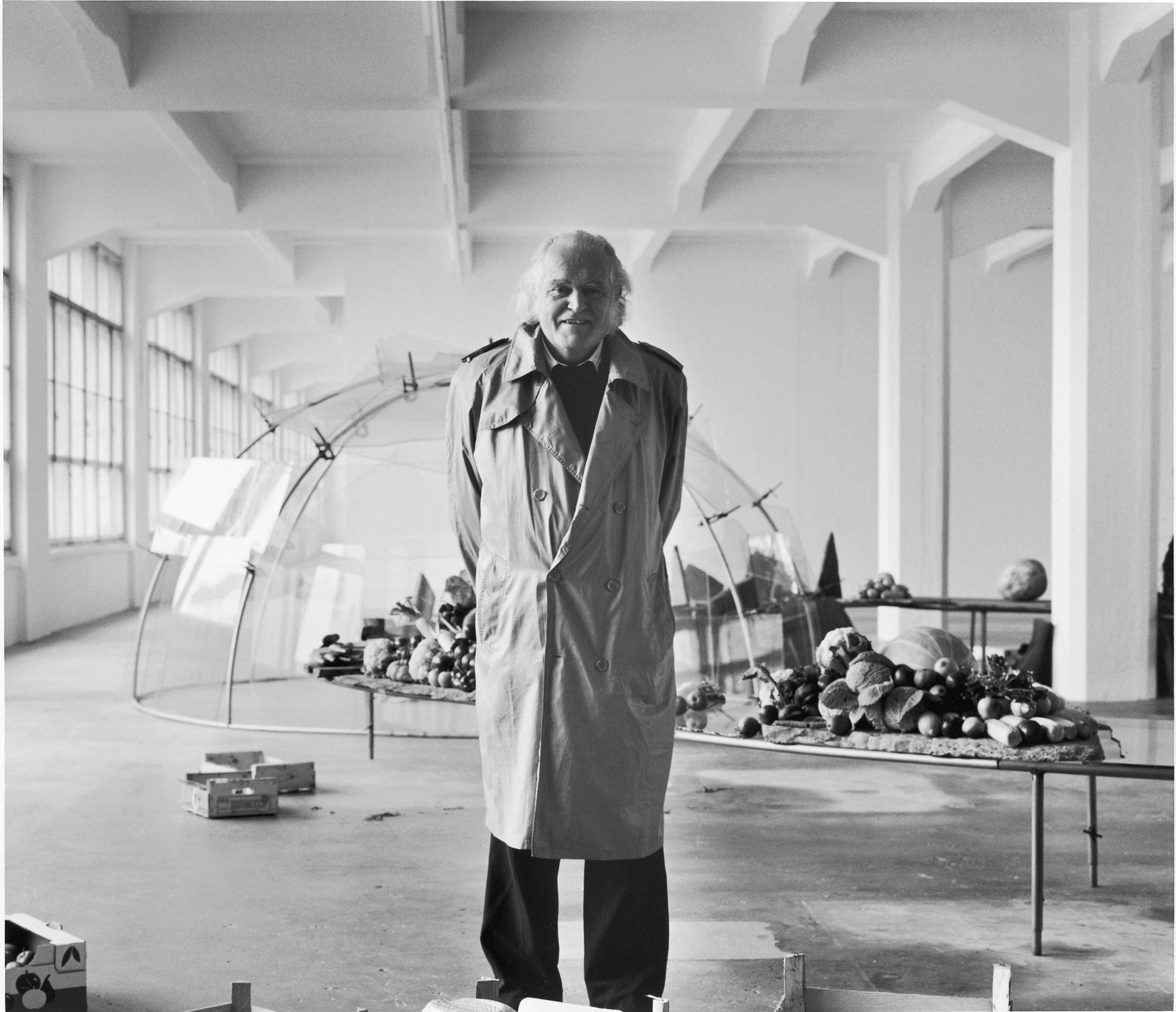
The largest ever gathering of the Italian artist Mario Merz’s signature igloo works will go on show at the Pirelli HangarBicocca in Milan this autumn. Fifty years after the Arte Povera artist made his first igloo, the vast Italian exhibition space is devoting 5,500 sq. m to an exhibition of more than 30 such installations. The show Mario Merz: Igloos is due to open on 24 October until 24 February 2019. Mario Merz in Schaffhausen, Switzerland
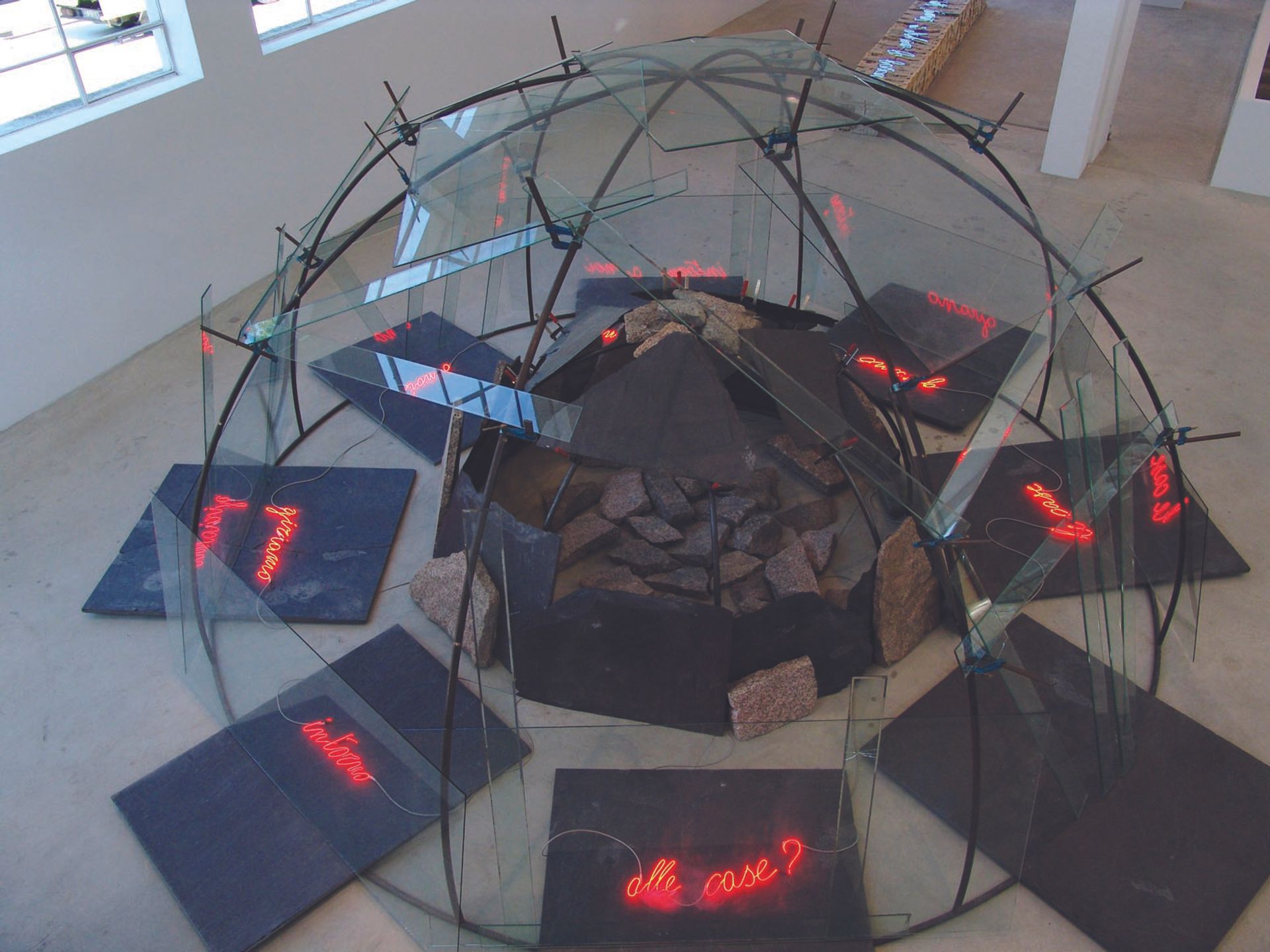
The primordial form of the igloo recurred in Merz’s work as large-scale installations from the late 1960s until his death in 2003. For him, the idea of the igloo captured the essence of the modern age: “The igloo is a home, a temporary shelter. Since I consider that ultimately, today, we live in a very temporary era, for me the sense of the temporary coincides with this name: igloo,” he said in 1984. Mario Merz's Le case girano intorno a noi o noi giriamo intorno alle case? (1994) Installation view at the Fondazione Merz, Turin, in 2005. Courtesy Fondazione Merz, Turin. Photo: © Paolo Pellion
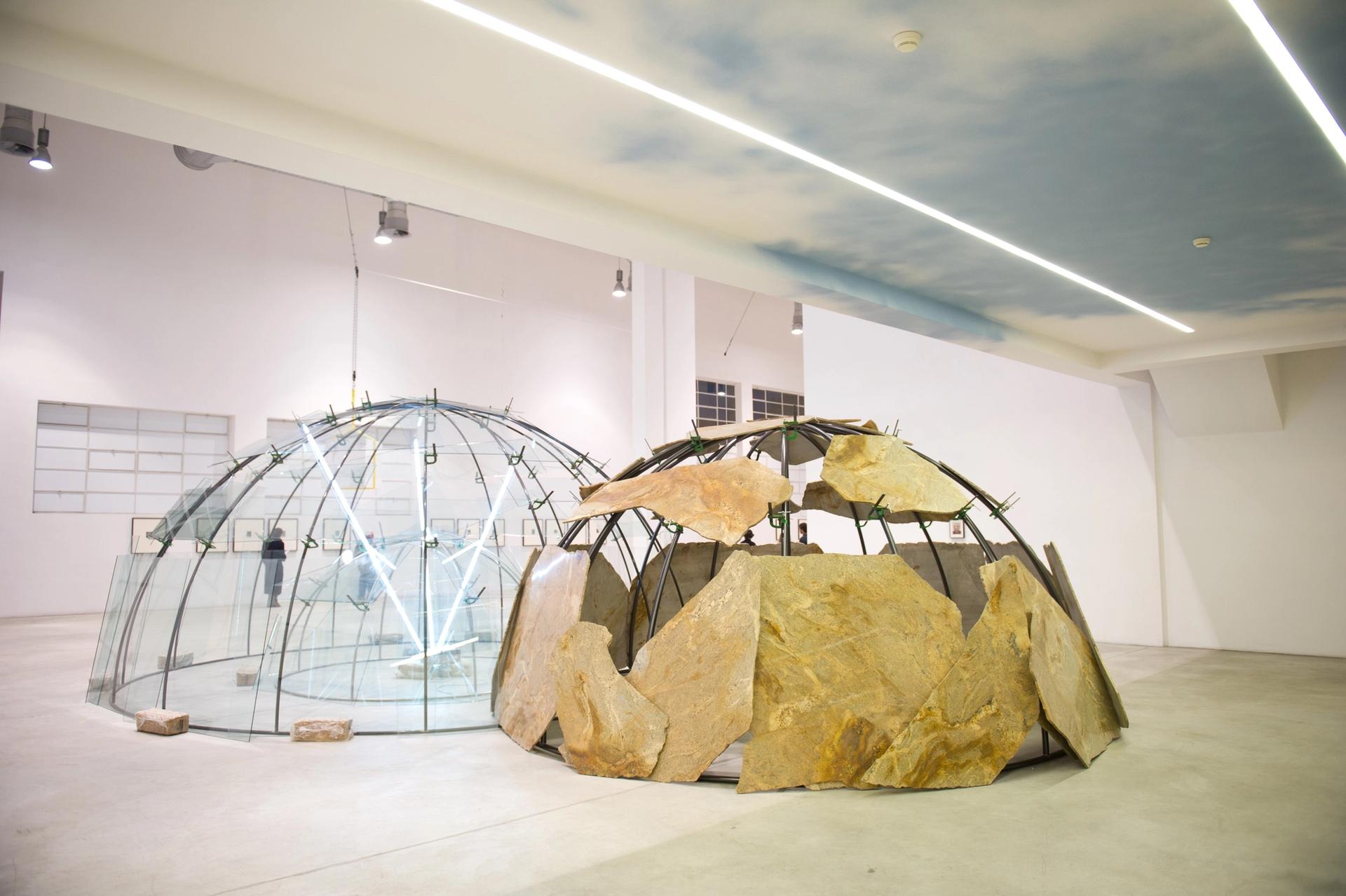
For Merz, who began his career as a painter, “the Igloo marked leaving two dimensions and conquering freedom”, says the Pirelli HangarBicocca’s artistic director Vicente Todolí, who organised the show in collaboration with the Torino-based Fondazione Merz. The igloo works are made of metallic frames covered with a variety of natural and industrial materials, from clay, glass and stone to words made out of neon. “The range of materials was what really made the soul of the work,” Todolí says. Mario Merz's Spostamenti della terra e della luna su un asse (2003). Installation view from the Fondazione Merz, Turin, in 2011. Courtesy Fondazione Merz, Turin. Photo: © Paolo Pellion
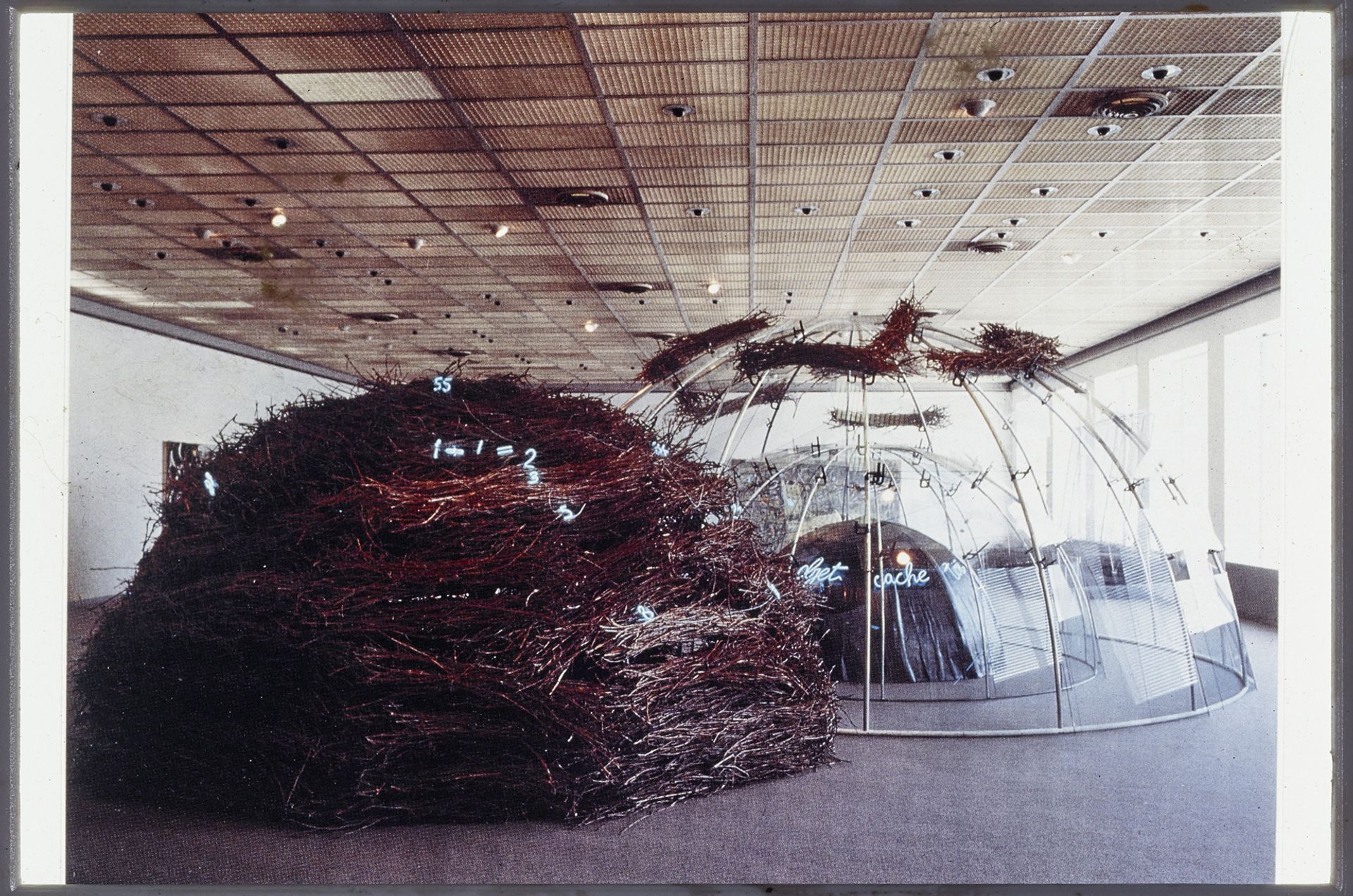
The exhibition is based on the 1985 show of all 12 of Merz’s igloo works of the time at the Kunsthaus in Zürich, organised by the pioneering curator Harald Szeemann. It was “a kind of city of igloos”, Todolí says, or what Merz called a “Città irreale” (“unreal” or “fanciful” city). Organised chronologically, the HangarBicocca show includes works from 1968 to 2003, including his 1980s works that demonstrate how his igloos became increasingly complex in this decade. The Igloo del Palacio de las Alhajas (1982), on loan from the Reina Sofia in Madrid, for instance, made up of crystal, iron, quartz, slate, sand and heather branches, is a transparent double igloo that plays on the contrast of natural and human-made elements. Exhibition view of Mario Merz's show at the Kunsthaus Zürich in 1985. Courtesy Getty Research Institute, Los Angeles (2011.M.30). Photo: Balthasar Burkhardt
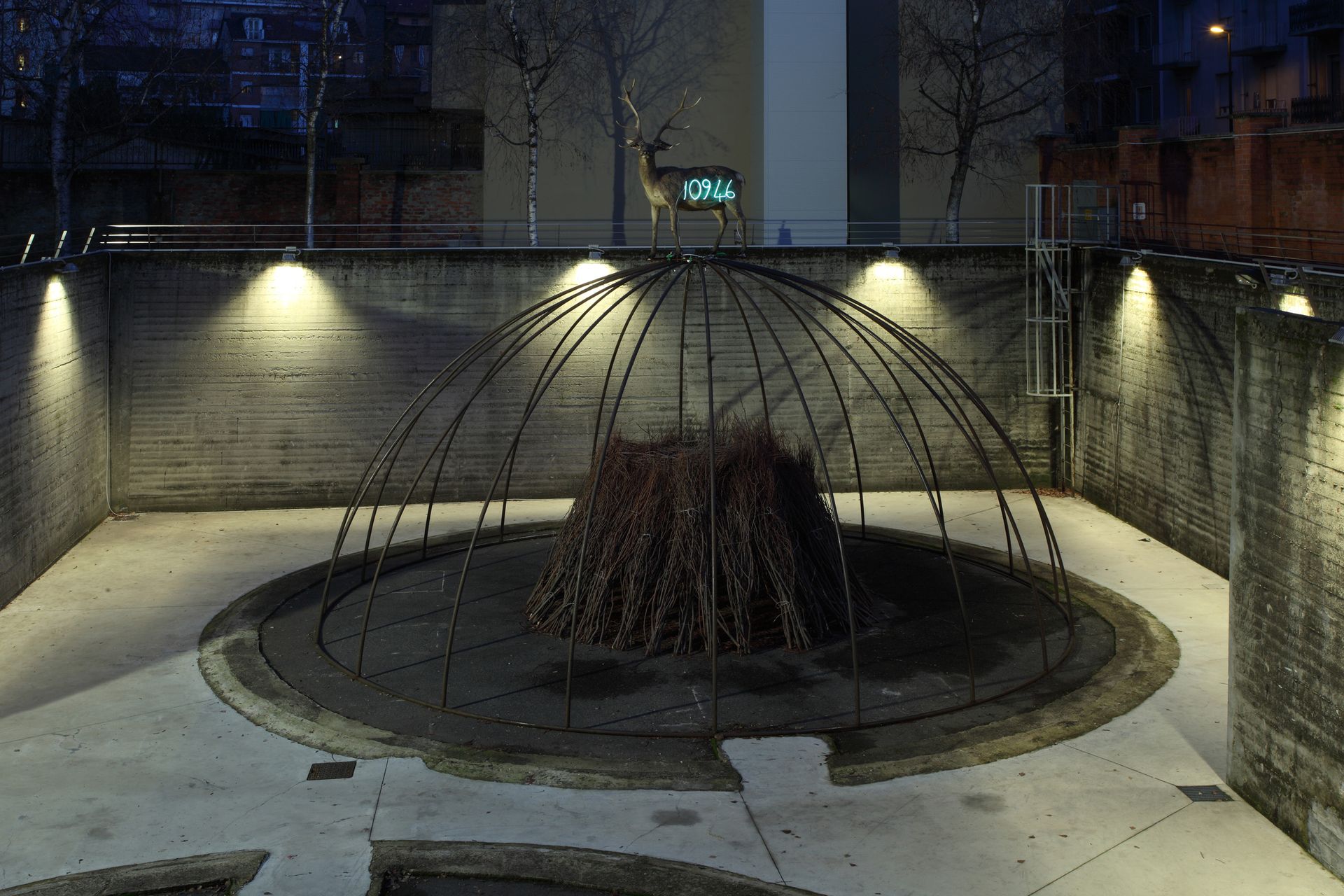
Two standout works will break the chronology of the exhibition. The show opens with La Goccia d’acqua (1987), made for Merz’s solo show at the CAPC musée d'art contemporain de Bordeaux, which at 12m in diameter is his largest igloo made for an indoor space. It closes with the Igloo di Porto (1999), originally an outdoor work, installed in a soaring 25m high space. Merz made the work, which is topped by a stuffed deer, for his solo show at the Museu Serralves—also organised by Todolí—and it forms a “kind of epilogue” to the Milan show, with an “elegiac feeling”, he says. Mario Merz's Senza titolo (1999), also known as the the Igloo di Porto, which was originally made for his solo show at the Museu Serralves. Installation view at Fondazione Merz, Turin, in 2010. Courtesy Fondazione Merz, Turin. Photo: © Paolo Pellion
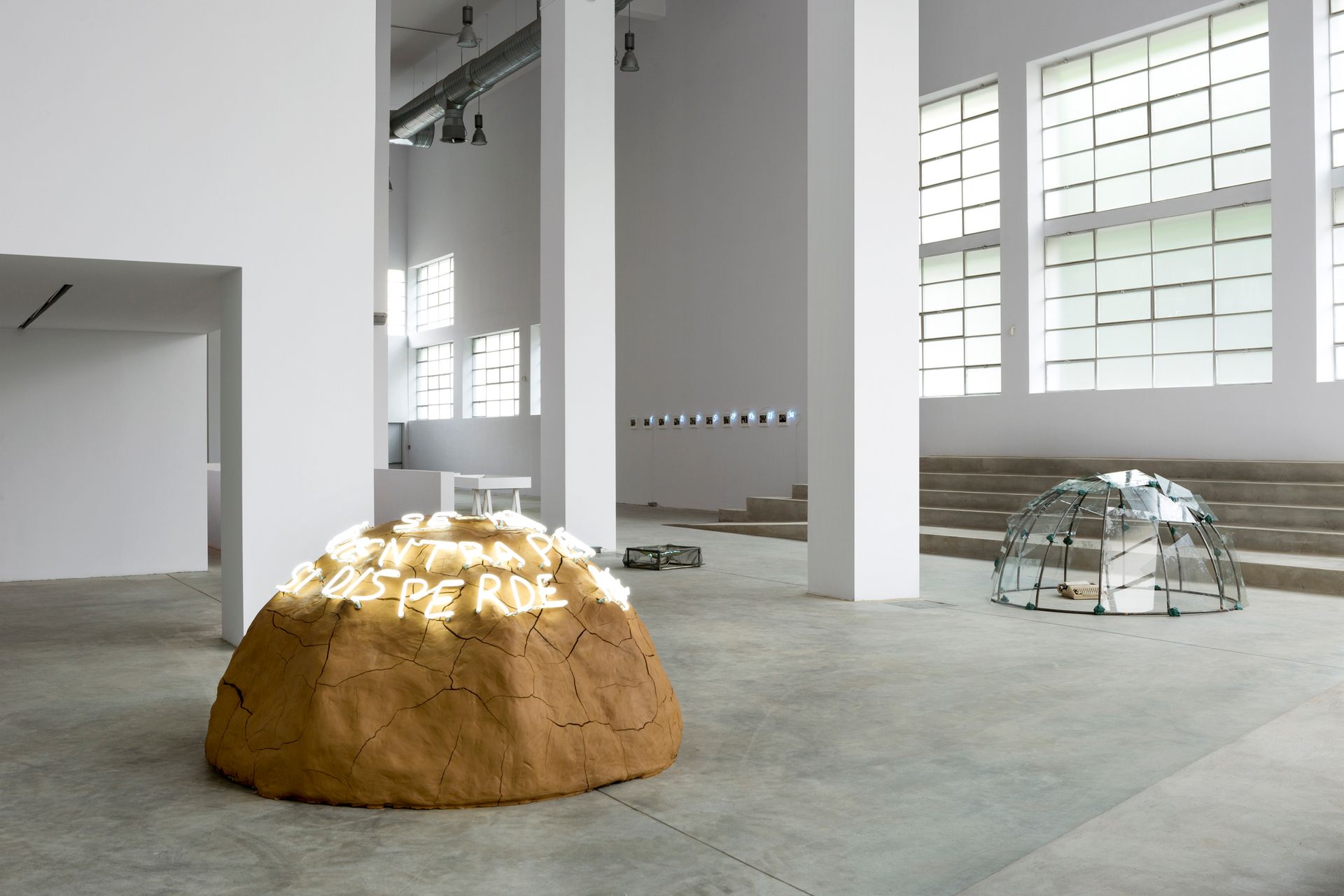
Todolí, who worked closely with Merz on that show, says it is a very different experience organising this exhibition without the artist, who “was always in flow” throughout the process. “In a way, let’s say that the surprise element [in the experience of curating] is lost,” he says. Mario Merz's “Sitin”. Exhibition view at Fondazione Merz, Turin, in 2018. Courtesy Fondazione Merz, Turin. Photo: Renato Ghiazza
The largest ever gathering of the Italian artist Mario Merz’s signature igloo works will go on show at the Pirelli HangarBicocca in Milan this autumn. Fifty years after the Arte Povera artist made his first igloo, the vast Italian exhibition space is devoting 5,500 sq. m to an exhibition of more than 30 such installations. The show Mario Merz: Igloos is due to open on 24 October until 24 February 2019. Mario Merz in Schaffhausen, Switzerland
Largest exhibition ever of Mario Merz igloos to take over Milan’s Pirelli HangarBicocca space
Major loan show is based on 1985 display of the Italian artist organised by pioneering curator Harald Szeemann
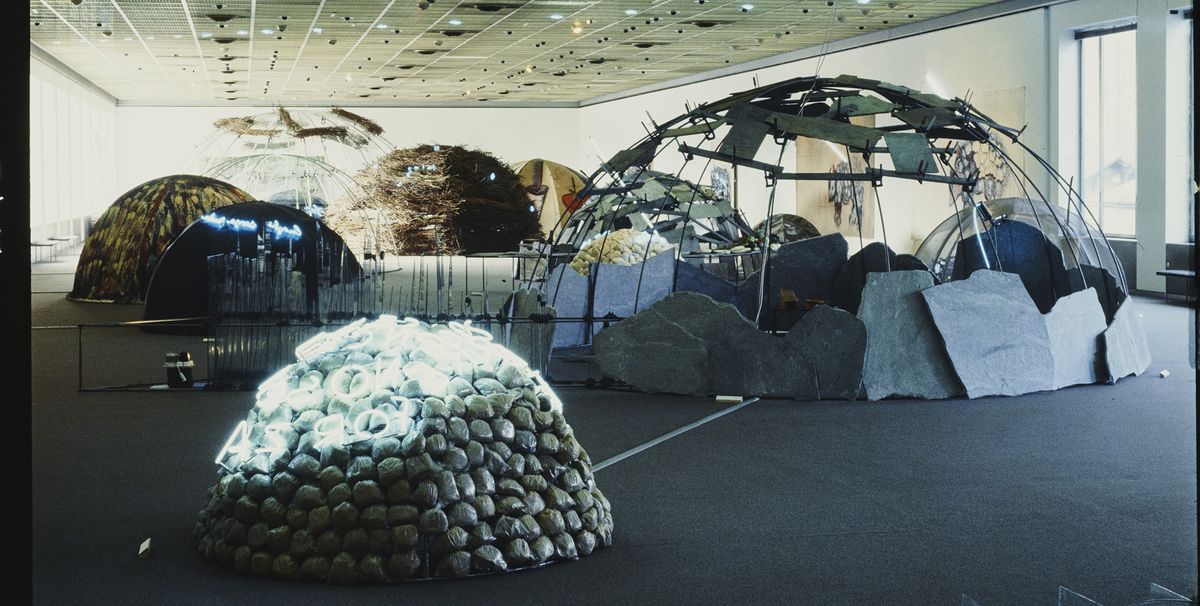
Exhibition view of Mario Merz's show at the Kunsthaus Zürich in 1985 Exhibition view of Mario Merz's show at the Kunsthaus Zürich in 1985. Courtesy Getty Research Institute, Los Angeles (2011.M.30). Photo: Balthasar Burkhardt

